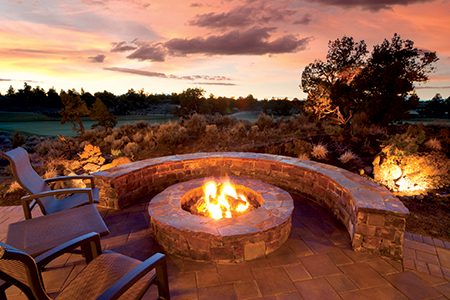The sizzling real estate market of the last few years experienced a formidable cooldown last year. Sales of residences valued at $1 million and higher increased a mere 1 percent in 2016 after rising 8 percent in 2015 and 16 percent in 2014, according to a new report, “Luxury Defined” from Christie’s International Real Estate.
Although the study reports that the global economy strengthened and stock markets climbed, a setback in luxury-home sales and second-home spending in primary housing markets was caused by geopolitical uncertainty in 2016.
This caused wealthy buyers and sellers in the U.S. (3 percent decline) and London (35 percent decline) to hold off on the luxury market. Houses took longer to sell, remaining on the market for an average of 220 days in 2016 compared to 195 days in 2015, a 13 percent hike.
In some regions, uncertainty catalyzed buying activity. Shari Reynolds of CDR in the Mexican resort town of San Miguel de Allende states, “People who were planning to buy five years from now are buying today. We’re seeing Mexican nationals who own second or third homes in the U.S. selling their U.S. properties and buying here.”
Report Findings
- The four new cities in the report’s Luxury Thermometer Top 10 are: Charleston, S.C.; Paris, France; Austin, Texas; and San Diego, Calif.
- Amid the report’s Markets to Watch are: Washington, D.C.; the Lake Tahoe region of the United States; Marrakech, Morocco; Belize; and the Bahamas.
Luxury Shopping
The personal luxury goods market can shed light on the buying activity of luxury buyers. Bain & Company’s spring luxury update forecasts that 2017 will be marked by growth in the luxury market:
- Luxury sales increased 4 percent in the first quarter of 2017 from a year prior, supported by high sales in accessories, beauty products and jewelry in China and Europe.
- In the U.S., a strong dollar, the political climate and struggling department stores complicate the 2017 outlook.
The start of 2017 has been bleak for American luxury department stores. Nordstrom recently reported a 6.4 percent decline in sales at its full-service department stores, a downward trend mirrored by Macy’s latest decline (38 percent drop) and Neiman Marcus’ 6.8 percent decline during the holiday quarter. The luxury market is not short on unpredictability, as these findings support. Despite significant slowdowns, there was an increase in sales of $100 million-plus luxury residences, and luxury-home sales are expected to heat up in 2017.
Affluent buyers have the capability to buy and sell residential properties at their leisure. Simply because geopolitical uncertainty has slowed luxury buying activity does not mean this capital will no longer beckon investment. Real estate remains a popular way to diversify and protect wealth, and the passage of time could see luxury markets return to their previously red-hot climate.
Desirée Patno is president and CEO of the National Association of Women in Real Estate Businesses (NAWRB).
For more information, please visit www.nawrb.com.
For the latest real estate news and trends, bookmark RISMedia.com.











